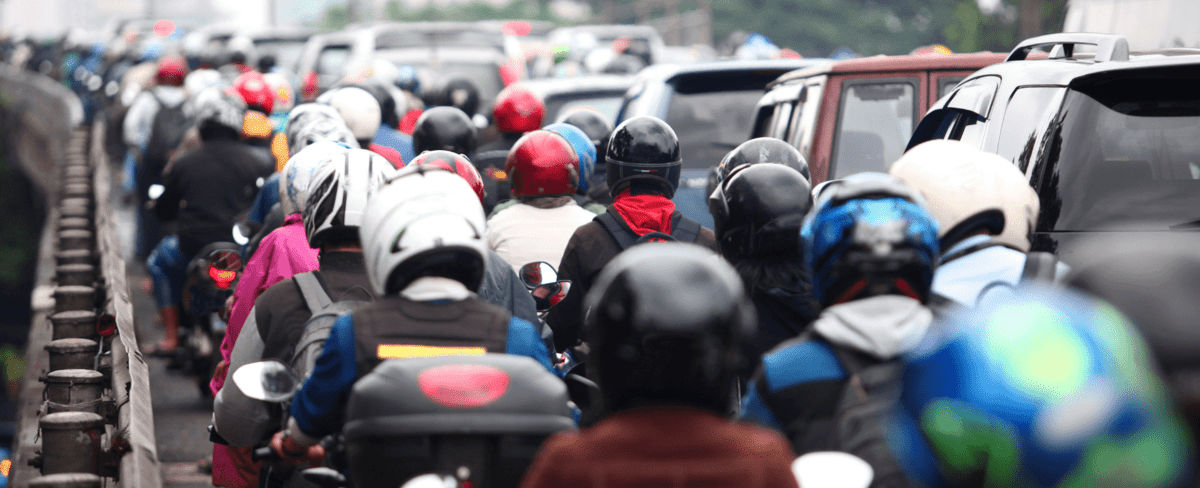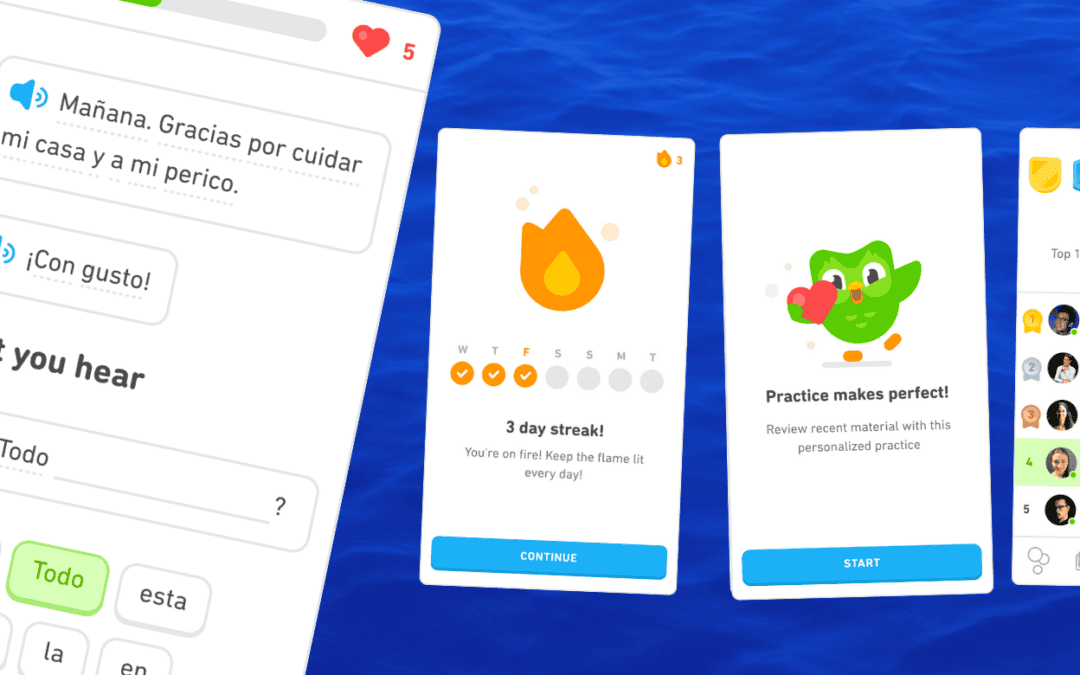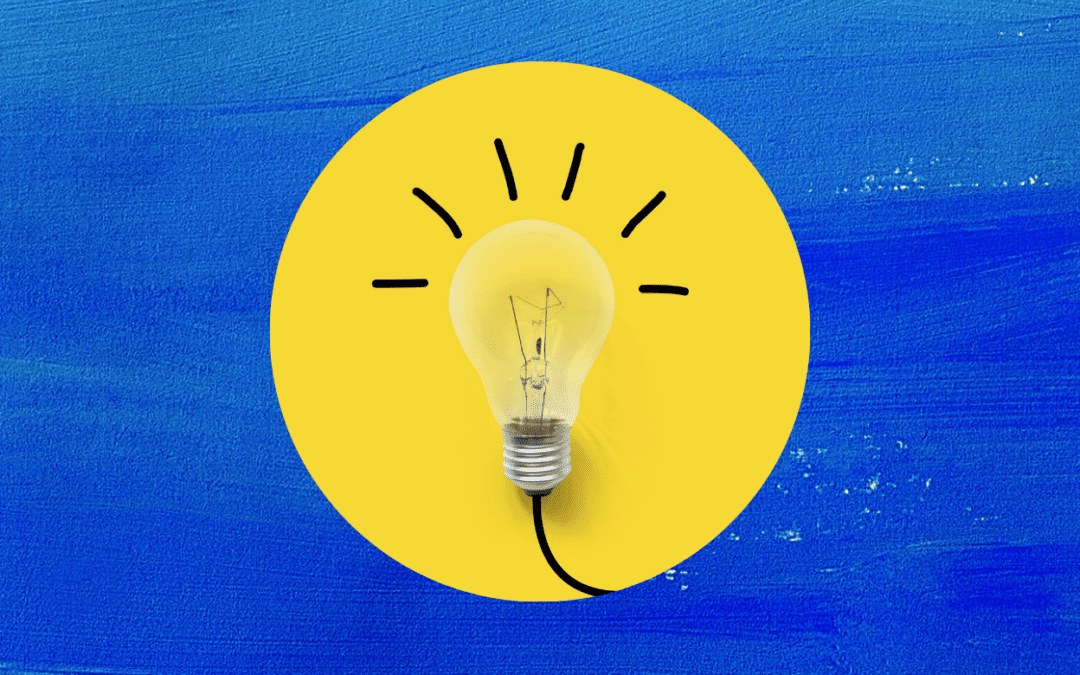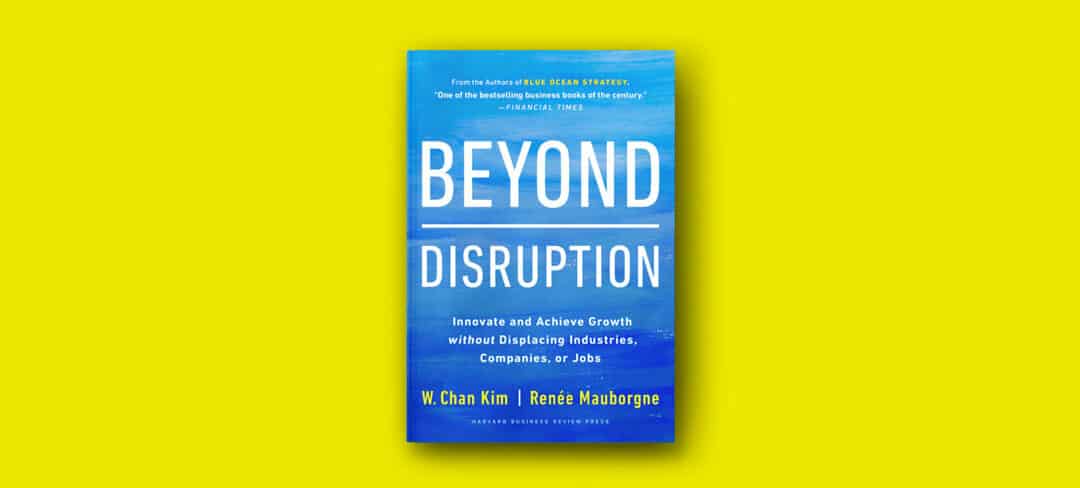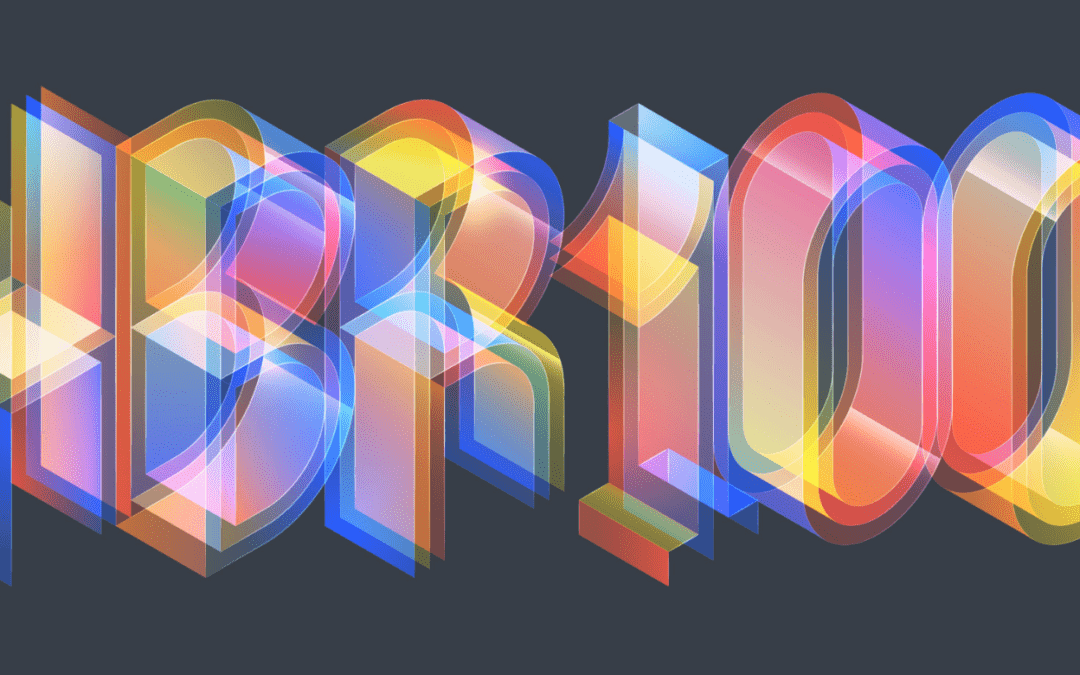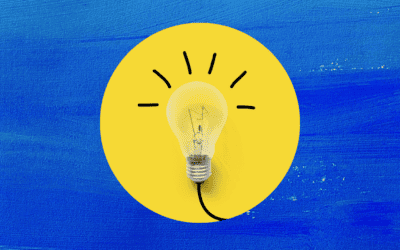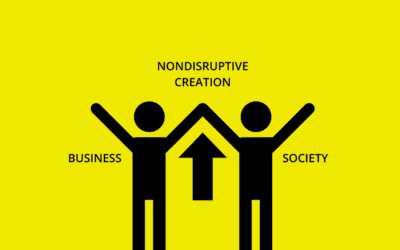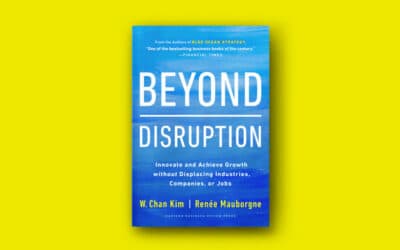With a population of almost 10 million people, Indonesia’s capital, Jakarta, is a massive, sprawling metropolis. It has been ranked as the third most congested city in the world and is often criticized for its lack of a well-functioning public transportation system.
Given the traffic congestion, people in Jakarta often take a motorcycle taxi, or ‘ojek’, which typically carries one passenger over short distances within the city. Taxicabs and ride-hailing services such as Uber and Grab are also available, and although they are safer than ojeks, they are slower and more expensive.
This has led to a bloody red ocean of cut-throat competition in point-to-point transportation within Indonesian cities. While Uber and Grab offer comfort and safety, customers who need to travel fast rely mostly on ojeks, which offer a risky and inconsistent service. The industry seems trapped in a trade-off between comfort and safety versus speed.
Ojeks present significant customer pain points
A typical ojek is a privately owned motorcycle taxi that can take you almost anywhere as long as the driver knows the destination and agrees to take you there. Ojeks are part of the informal economy, and anyone with a motorcycle can become an ojek driver and make some money if they want to. Ojeks can usually be found waiting on the corners of streets and alleys, ready to take passengers to their precise destinations.
Before the trip begins, a passenger will haggle with the driver over the fare, which can range from 5,000 to 10,000 rupiah (about US$0.50 to US$1.00) for short trips. How much you pay usually depends on how well you can haggle for a lower fare.
Indonesian law requires motorcycle riders to wear helmets, but often only the ojek drivers do so. Some drivers offer passengers a helmet, but most do not and instead simply avoid main streets and the attention of police. They will take alternative roads, slip in between cars, and even do dangerous stunts if you need to get to somewhere in a hurry.
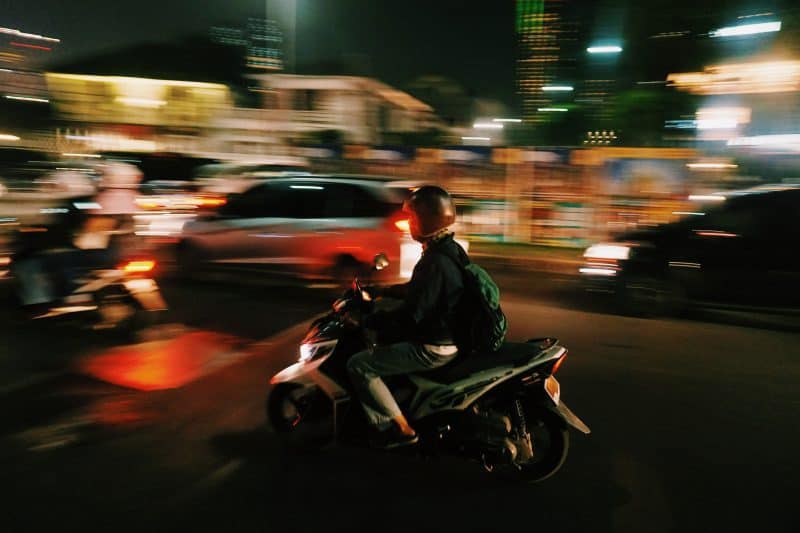
Transportation in Jakarta presents pain points for customers. Photo: Yulia Agnis.
Uncovering blue ocean opportunities with the Buyer Utility Map
As we have seen, the transportation industry in Jakarta presents significant pain points for customers. To identify and analyze these pain points systematically, we can use Chan Kim and Renée Mauborgne’s Buyer Utility Map. The map can help uncover opportunities to change the playing field of strategy and create blue oceans of new market space.
The Buyer Utility Map has two dimensions. The first is the buyer experience cycle formed of stages running more or less sequentially from purchase to disposal. Cutting across these stages are utility levers – the ways in which companies can unlock utility for their customers (figure 1). Here’s what each buyer utility lever means:
- Customer productivity: This is anything to do with efficiency – less time, effort, and/or money – in fulfilling buyers’ needs.
- Simplicity: This is anything that eliminates or minimizes complexity or hassle.
- Convenience: This is about when and where you want something, like 24/7, 365 days a year.
- Risk reduction: This might include financial, physical and reputational risk.
- Fun & image: These are things like the look, feel and attitude the offering conveys.
- Environmental friendliness: This is about how green your product or service is, and what this might mean for buyers.
To plot the Buyer Utility Map for the ojeks industry, we have divided the overall buyer experience into three main stages: ordering a ride, riding the ojek and paying for the ride. Then, going across each utility lever, we answer the following questions: What are the biggest blocks to this utility in each stage? What are the main reasons for this block? The results show that significant pain points exist in all three stages, as illustrated in figure 1 below:
Buyer Utility Map example: the ojek industry

Figure 1: Buyer Utility Map for the ojek industry
Blocks to utility when using ojeks
Blocks to customer productivity exist in both the ordering and the riding stages. In the ordering stage, the customer is unable to hail ojeks easily and conveniently, often waiting in the street for a passing ojek driver or walking to a place where they think groups of drivers might be stationed. Customers are therefore uncertain about how long it will take to get a ride. Moreover, after hailing an ojek, the customer cannot be sure how long it will take to reach the destination.
A significant block to simplicity exists in the ordering stage when the customer needs to bargain with the ojek driver for a decent fare. This is an uncomfortable experience for many. Another block to simplicity comes in the paying stage as ojek drivers only accept cash.
Since any owner of a motorcycle or a scooter can be an ojek driver, customers are exposed to inconsistent driving skills. This increases the risk of serious injury in cases where drivers do not offer passengers a helmet. Furthermore, ojek drivers are virtually anonymous without any visible legal identification. This poses a serious safety risk that leads to many noncustomers refusing to use the service.
How Go-Jek is creating a blue ocean for its ride-hailing service
The Buyer Utility Map gives us a sound understanding of the specific pain points that the industry imposes on buyers. From here, we can formulate a strategy that removes these blocks to utility and creates new value.
Go-Jek, the motorcycle ride-hailing service and technology startup, is a case in point. In 2015 it launched a mobile app that connected people directly with Go-Jek drivers, thereby offering exceptional new utility to customers. Go-Jek has been growing exponentially ever since and now has a fleet of more than 200,000 vehicles. It has also evolved into an on-demand mobile platform that offers a wide range of other services such as mobile payments, shopping and food delivery. Today it operates in 50 cities across Indonesia. It is Indonesia’s first unicorn company.
Go-Jek’s success at unlocking a blue ocean of new demand can be understood using Chan Kim and Renée Mauborgne’s Four Actions Framework, which challenges an industry’s strategic logic by asking four key questions:
Which factors that the industry has long competed on should be eliminated?
Go-Jek eliminated price negotiation. This was a major pain point for ojek customers and refusing noncustomers as it left the impression that drivers were being deceptive in an effort to charge higher fares. By using geo-localization algorithms, Go-Jek was able to offer consistent and predetermined fares for rides that customers could see before ordering the service.
Which factors should be reduced well below the industry standard?
Go-Jek reduced inconsistency in service by hiring experienced drivers and introducing training programs to ensure safe driving practices. It also reduced uncertainty in the waiting time for customers by showing the real-time location of nearby ojeks available to customers from their pickup point. By knowing drivers’ positions and communicating with them through their smartphones, Go-Jek can send the closest ojek to a customer, reducing the overall waiting time.
Which factors should be raised well above the industry standard?
Go-Jek raised security for its riders. By introducing a system that incorporates driver identification and vehicle traceability, Go-Jek adds a layer of security to the service. And with an app tracking the entire journey, a Go-Jek ride is much safer and more secure for customers than conventional ojeks. Also, in case of an accident, Go-Jek takes on responsibility.
By predetermining prices, Go-Jek also raises price transparency for buyers.
Finally, Go-Jek drivers with a branded green jacket can access restricted areas in front of hotels and airports.
Which factors should be created that the industry has never offered?
Go-Jek uses its mobile platform to create options for non-cash payments – something not offered by conventional ojek or taxi services. In addition, Go-Jek positions itself as a national brand – the new and cool Indonesian start-up – to create an emotional attachment with the Indonesian customer. By wearing green jackets with the Indonesian flag embroidered on the front, along with green helmets, Go-Jek drivers stand out in public. Go-Jek brands itself as a national champion that Indonesians can feel proud of. This was a smart move that was hard for international competitors to mimic.
The Eliminate-Reduce-Raise-Create (ERRC) Grid example: Go-Jek

Figure 2: Go-Jek’s Eliminate-Reduce-Raise-Create Grid
Go-Jek is not only creating high value for buyers but also for its drivers, who report an increase in income and often see themselves as partners of Go-Jek rather than employees. Drivers also get access to health and accident cover, financial services and insurance – services not available to conventional ojek drivers.
Which industry will you transform using blue ocean methodology?
By J. Rae Cho & Tim Polkowski, Value Innovation Group
About the authors
Value Innovation Group (VIG) is a team of global blue ocean experts with vast experience in assisting organizations to shift from red oceans of cutthroat competition to blue oceans of new market space for rapid and profitable growth. VIG is a member of Blue Ocean Global Network, an international community of blue ocean practitioners.
